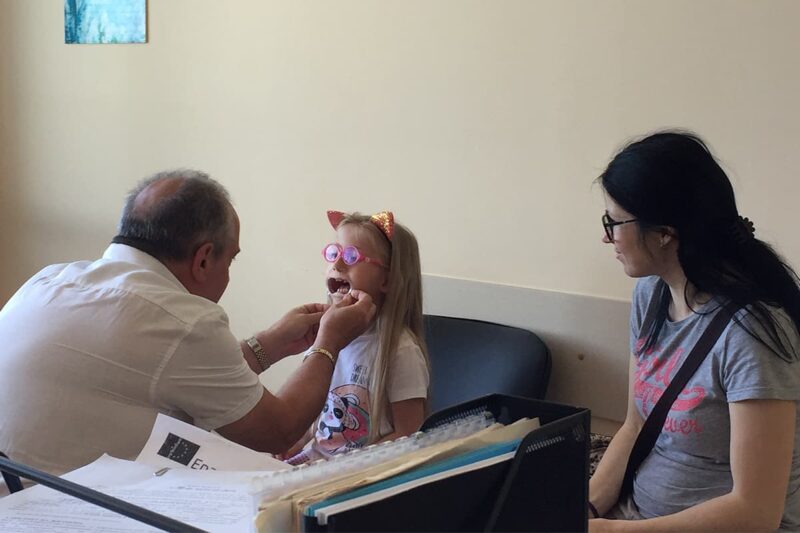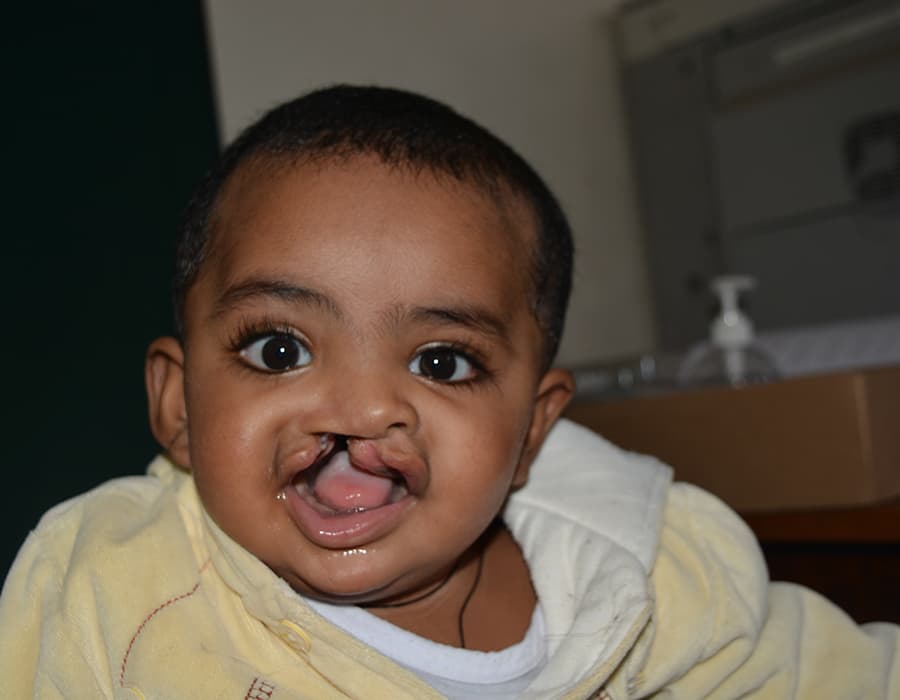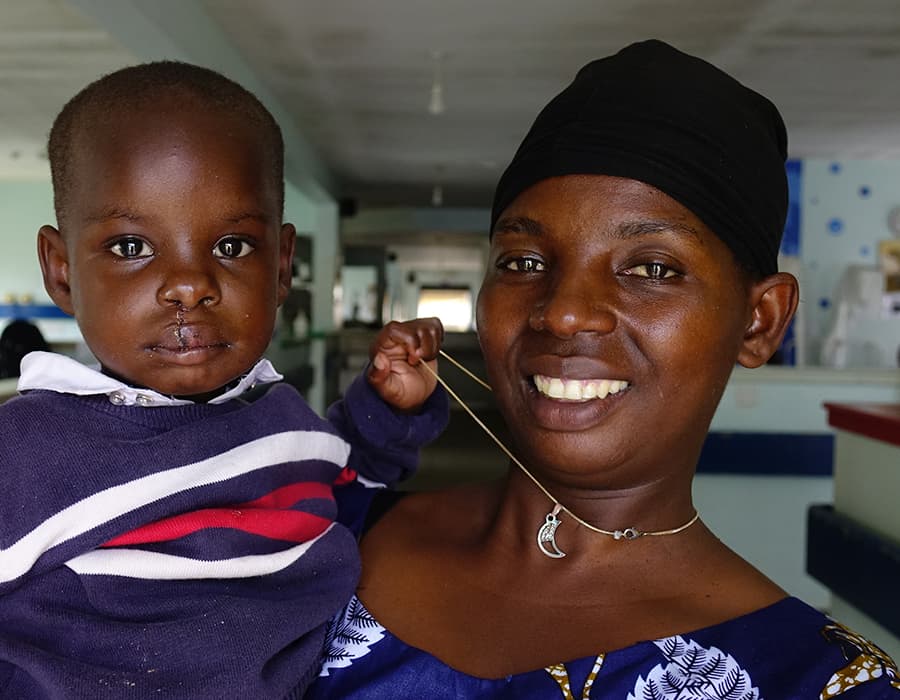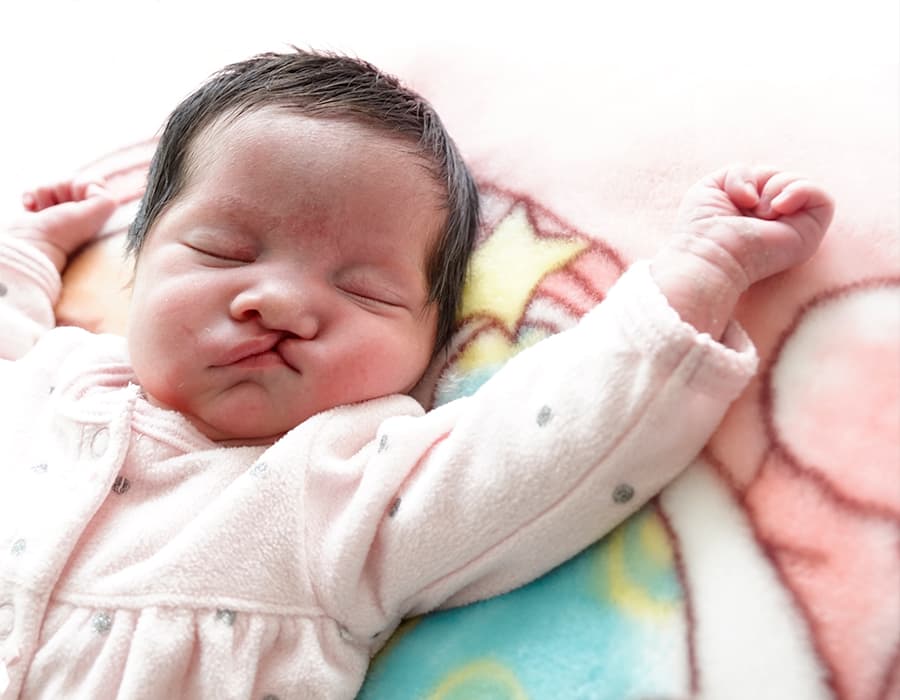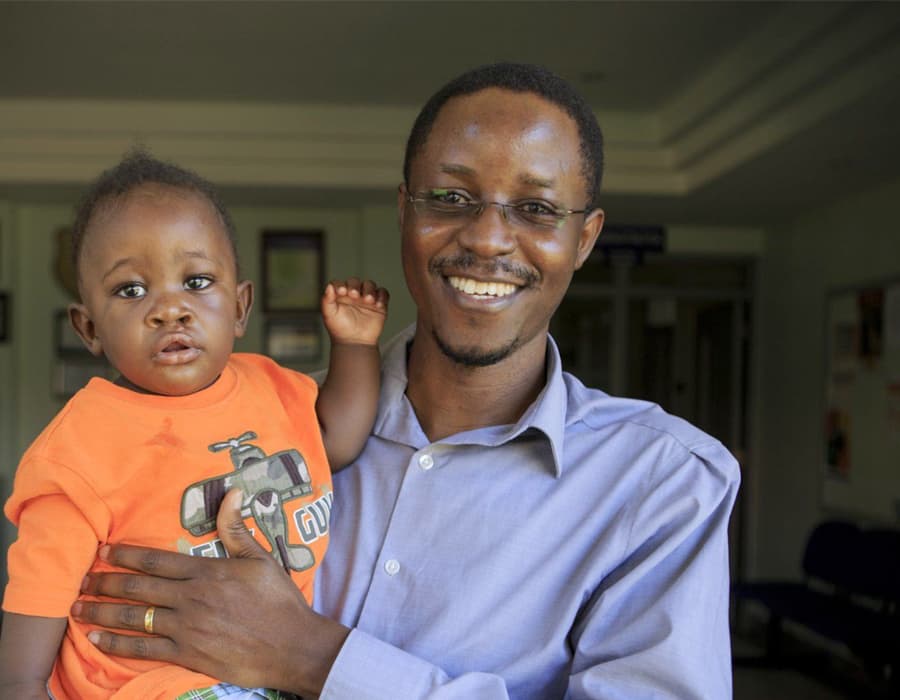What is Cleft Lip and Palate?
Simply put, clefts are unexpected openings or gaps. They are often found on an infant’s lip and/or on the roof of their mouth (i.e. their palate). Cleft lip and palate affects 1 in 700 births. It is one of the most common birth anomalies worldwide.
Clefts develop in the first trimester of pregnancy when key tissues do not fuse together. Some children are born with both a cleft lip and a cleft palate. Clefts may also be associated with specific syndromes.
A combination of genetic and environmental influences are believed to trigger clefts, which occur in infants around the world.
Children affected by clefts can experience life-limiting barriers to nutrition, speech, oral health, community inclusion, and more. Watch this video on cleft in Ethiopia to learn more.

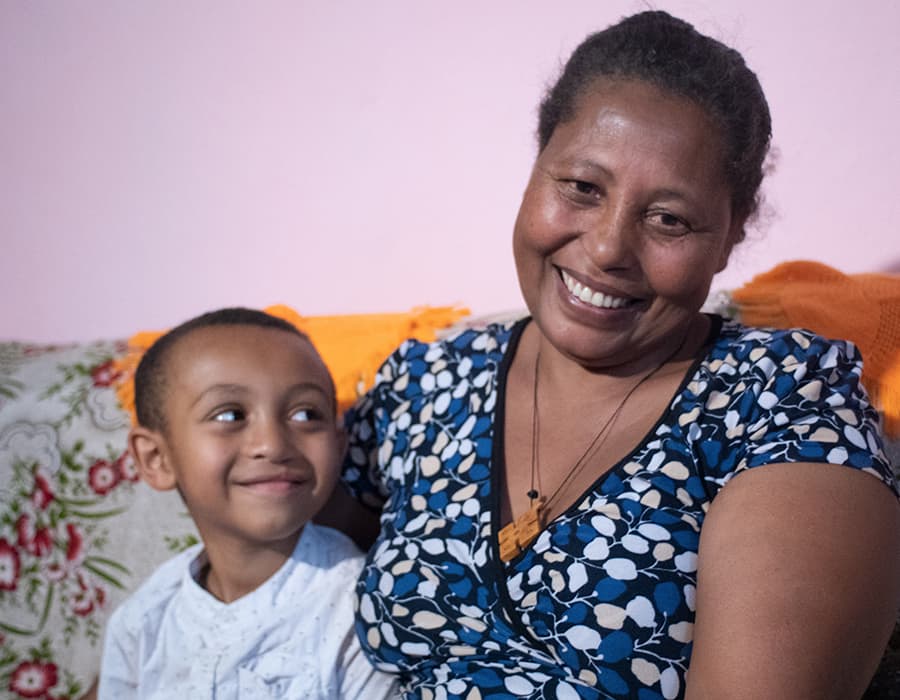
Cleft at a Glance
Prevalence
Cleft is one of the most common birth anomalies, affecting 1 in 700 children globally.Causes
Cleft is caused by a combination of genetic and environmental risk factors.Treatment Journey
Many children require medical and psychosocial support from a cleft care team from birth into adulthood.Team-Based Care
Because cleft affects many aspects of a child’s health, a multidisciplinary approach to care is needed.
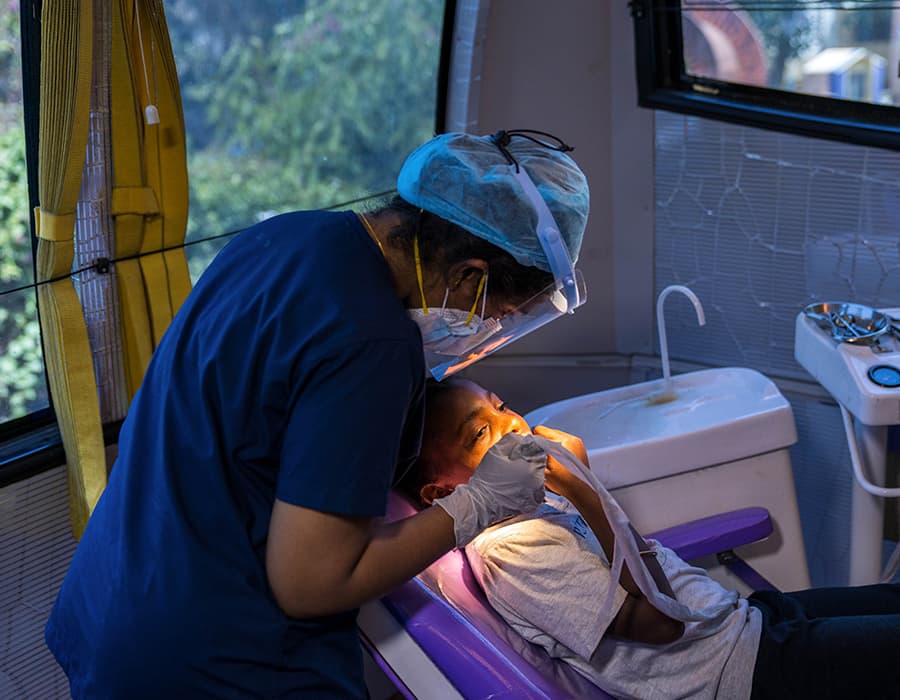
How is Cleft Lip and Palate Treated?
While measures like appropriate prenatal care may reduce the risk of cleft during pregnancy, clefts appear in infants from all regions and across all socioeconomic backgrounds worldwide.
Surgery to repair the cleft lip and/or palate is the most well-known treatment, but this is only a part of the journey. Cleft is best treated with Comprehensive Cleft Care which encompasses all the medical and psychosocial supports a child will need to achieve good health and thrive in their community.
Common Questions About Cleft
Comprehensive Cleft Care, or CCC, is a term used to describe all the services a child born with cleft may require from birth until adulthood to improve their health and quality of life. CCC is most successful when specialists come together to provide coordinated care.
